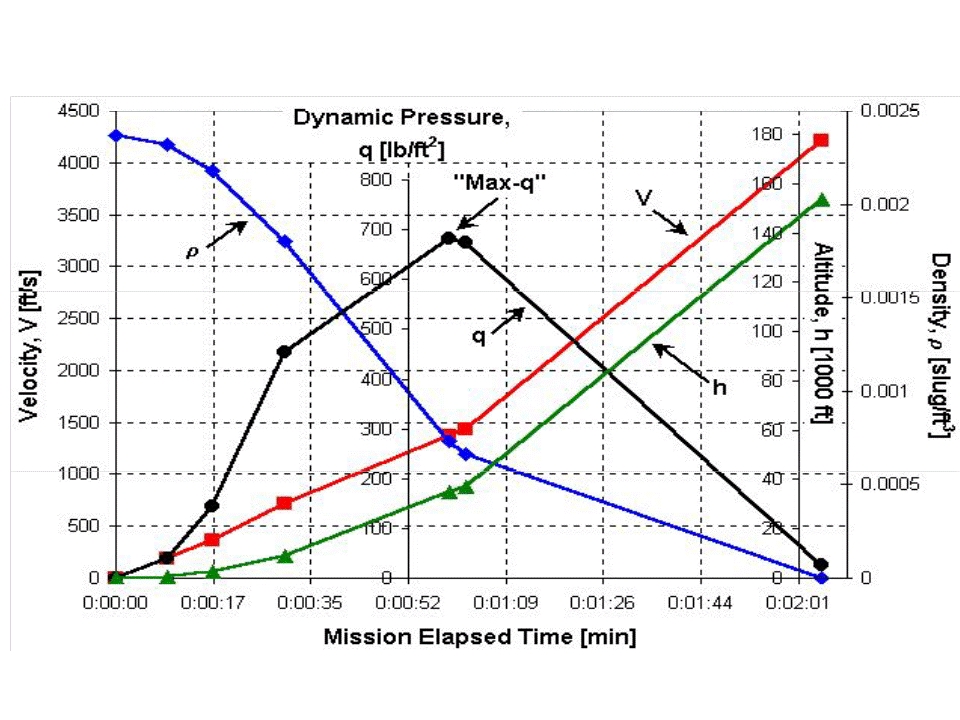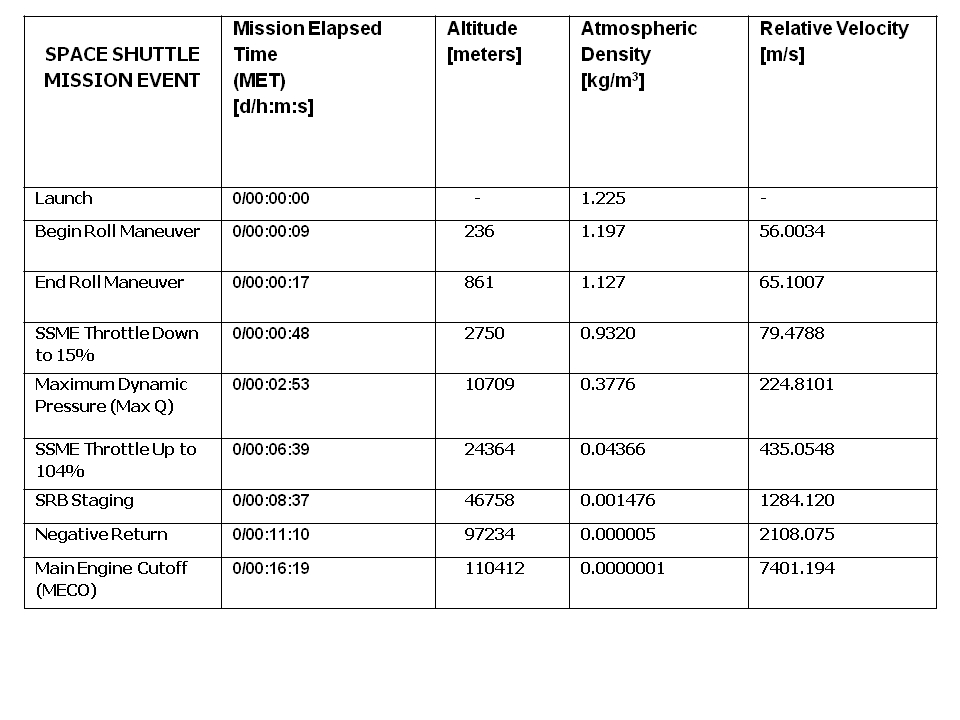The space shuttle fleet was retired, and the shuttles were
dispersed to museums never to fly again. The International Space
Station (ISS) was to be serviced by the Russian MIR. Problem is the
MIRs have been failing shortly after launch with great regularity
and have not been able to get critical supplies to the (ISS),
especially oxygen, water, food and toilet paper. And now things
have reached a crisis in that the septic tanks are overflowing.
NASA has decided the only way out of the crisis is to resurrect
a space shuttle to save the stranded inhabitants. The space shuttle
Atlantis was brought back from the Kennedy Space Center Museum to
Houston for retrofitting. Unfortunately NASA engineers have
discovered that the decommissioning process the shuttle received
has caused metal fatigue. The biggest danger is the weakened
shuttle may break up during launch.
A geoengineer was asked to explain the details in a simple
manner to a group of reporters. “You see, he said, when the
shuttle is launched, it is pushing against all that air as it tries
to reach orbit. All that air pressure creates a horrific force on
the shuttle. It’s like being outside in a 200 mph hurricane.
We call that force dynamic pressure which is symbolized by the
letter Q. The shuttle will disintegrate and burn up if it exceeds a
certain Q which we call Max Q.”
The geoengineer went on to provide some additional details.
“The graph below shows the parameters for the 1985 Atlantis
launch. But mind you the Atlantis was in pristine condition and the
present day shuttle will not be able to withstand the same dynamic
pressures. Here it is in a nutshell. The thicker the air is, better
known as its density, the higher Q is. Makes sense doesn’t
it? Also the faster the shuttle moves the more the force will be as
it tries to push the air out of the way. Makes sense too, right?
Only you have to square the velocity and take half of that because
energy is related to square of velocity divided by two. So, long
story short, the dynamic pressure Q can be calculated from the air
density and the velocity of the shuttle. “

Finally the geoengineer explained the two most critical times for
the launch. “Check out the Shuttle Event table below. If the
numbers look strange it is because we switched to SI metric units
at the turn of the century. The first critical time occurs 31
seconds after the roll maneuver which is done to alleviate stress
on the shuttle. We need to reduce the thrust to the shuttle motors
to 15% of normal. If we don’t cut back the thrust at that
time, the momentum of the Atlantis will quickly result in exceeding
safe dynamic pressures. The second critical time happens at Max Q.
That is the maximum dynamic pressure the Atlantis can be exposed to
without risking breakup of the shuttle. It is also an amazing
coincidence that the dynamic pressures at these critical times are
useful for other activities if you know what I mean.”

You can check your answers for this puzzle on
Geochecker.com.